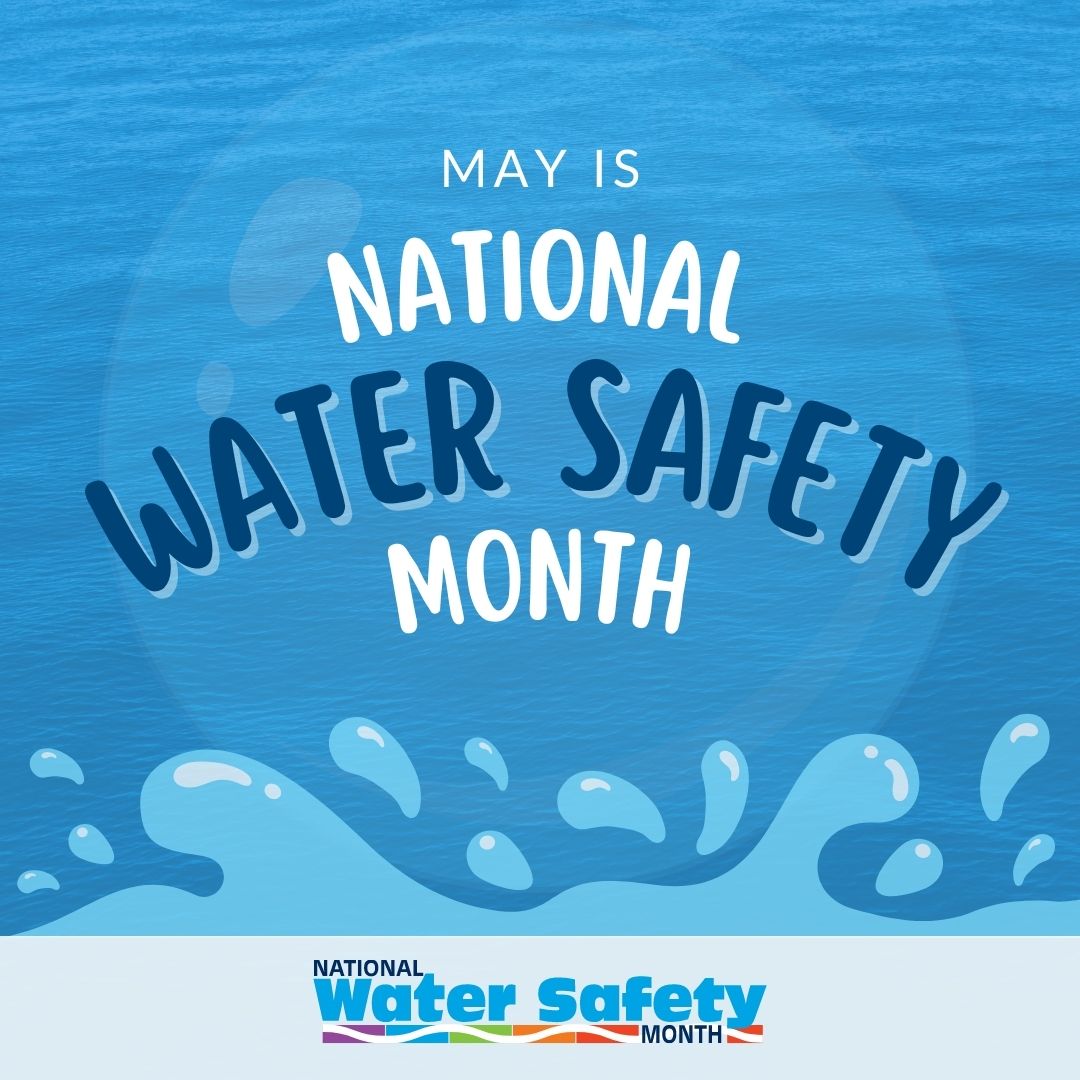Would you be able to recognize a drowning in a pool? Do you know what to do when an active drowning occurs and a lifeguard is not around?
AVAC takes National Drowning Prevention Month seriously. As the weather warms and we inch closer to summer, our team is starting our annual Pool Safety Campaign. Here’s what to know: - AVAC Red Cross Lifeguards are on-duty part-time until the summer starts. You’ll see them on warm weekends and weekday afternoons
- Parents: you are responsible for your children at all times. Lifeguards are the last line of defense
- For the next week you’ll see our pool rules and schedule prominently displayed around the Club
- Highlighted rules and personal flotation device (PFD) information will be displayed around the pool deck
You Can Prevent an Incident for Yourself or Your Children at AVAC - Be fully aware of AVAC Pool Rules
- Listen to the Lifeguards
- Diving is permitted only in the 9’ section. Safe jumps and dives only. Lifeguards have discretion on safe use of the deep end
- The spa is for adults 15 & older. Children tall enough to stand flat footed with their head completely out of the water may use the spa with direct supervision.
- Do not give your child anything that they could float on: kickboard, noodle, beach ball, water wings, toys, rafts, etc. These are not allowed in the AVAC pool other than as swim aids for competent lap swimmers
- See AVAC staff if you have a special circumstance and would like to use a US Coast Guard Type III or V PFD.
Ensure you and your family can safely swim in the deep end. AVAC staff can help you with the Red Cross Water Competency Sequence: - Enter the deep end and completely submerge
- Return to the surface and remain there for at least 1 minute (floating or treading)
- Rotate 360 degrees
- Level off and swim the full length of the pool
- Exit without using stairs
Designate a Water Watcher for your group. A Water Watcher: - Is at least 16 years of age (adults preferred).
- Has the skills, knowledge and the ability to recognize and rescue someone in distress or can immediately alert someone nearby who does or can.
- Knows CPR or can immediately alert someone nearby who can.
- Has a working phone to call for emergency help, which is typically 9-1-1.
- Is ALERT and not under the influence of drugs or alcohol, or distracted by texting, telephone, or talking to others or reading
Find drowning prevention resources here, courtesy of Stop Drowning Now, which AVAC is a lifetime member of.
Drowning is FAST(20-60 Seconds) and SILENT
Recognize when your child may be struggling: - Bobbing in or near water over their head
- Crawling hand-over-hand toward the deep end
- Beyond the reach of an adult
- Clinging to something that floats
- Calling or waving for help
- Diagonal body position unable to move forward
Recognize when your child is actively drowning: - They may not be able to call for help because they are focused on getting a breath
- Working to keep face above water in effort to breathe
- May be in a horizontal face-down position because they are unable to lift their face
- Vertical in the water with arms extended, and little or no leg movement
- May continue to struggle underwater
- Will eventually lose consciousness (often within 20-60 seconds)
In addition to learning the above information and following the preventative measures listed, consider getting CPR/AED/First Aid certified at minimum. Even better, take a Red Cross aquatics course such as Basic Water Rescue, Shallow Water Lifeguard, or Lifeguard. AVAC offers these classes year round.
Lastly, take the Safe Swimmer's Pledge as a family activity and keep each other accountable!
Thank you so much for taking the time to help us keep our families safe around the water this summer!
AVAC | 5400 Camden Avenue | San Jose, CA 95124 | 408.445.4900 | www.avac.us |
